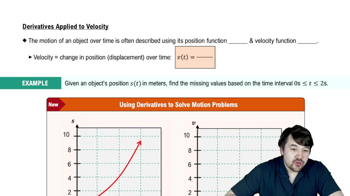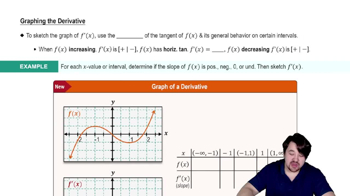Suppose a stone is thrown vertically upward from the edge of a cliff on Earth with an initial velocity of 64 ft/s from a height of 32 ft above the ground. The height (in feet) of the stone above the ground t seconds after it is thrown is s(t) = -16t²+64t+32.
c. What is the height of the stone at the highest point?






